Construction
The Inspection Advantage: How to Keep Your Commercial Roof in Peak Condition
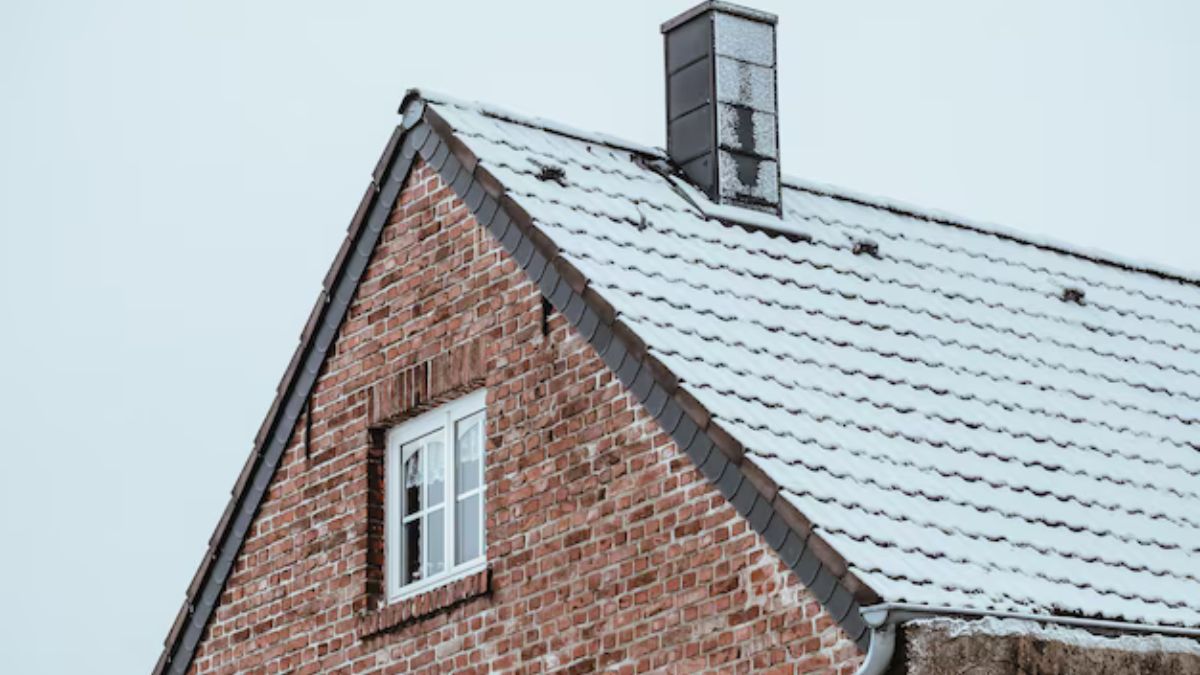
Keeping a commercial roof in top shape is essential for maintaining the integrity of a business property. Regular inspection can prevent costly repairs and prolong the lifespan of your roof. Business owners often overlook their roofs, focusing more on the interior aspects of the building. However, neglecting roof maintenance can lead to leaks, structural damage, and safety hazards. Understanding the value of routine check-ups can streamline building management and save resources in the long term.
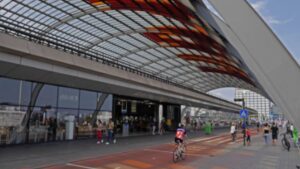
The Importance of Regular Roof Inspections
Regular roof inspections are vital aspects of property maintenance. They ensure that potential issues are caught before they become serious problems. A thorough inspection can reveal hidden damages, such as deteriorating materials or possible leaks. Addressing these issues early can prevent more extensive damage, resulting in significant cost savings. Furthermore, inspections enhance the safety and security of your building, protecting both employees and assets. An ideal approach is to partner with expert commercial roofing contractors who can provide essential insights and services. Engaging with professional roofers enhances the efficiency and effectiveness of these assessments.
Signs Your Roof Needs Attention
Recognizing the signs that your roof requires maintenance is essential for any commercial property owner. Common indicators include water stains on ceilings, which suggest leaks, or increased energy bills that might indicate insulation problems. Additionally, visible wear and tear, such as cracked or missing shingles, is a warning sign. Debris accumulation around gutters and drains can lead to water pooling and structural stress. Inspect areas prone to ice damming or other weather-related damages during seasonal changes. Staying ahead of these indicators can significantly reduce repair costs and ensure long-term maintenance.
Pay attention to sagging or uneven areas on the roof, as these could signal underlying structural issues. Unusual growths like moss or algae might seem harmless but can trap moisture and accelerate damage. Regular professional inspections can help identify problems that may not be visible from the ground. By addressing issues promptly, you protect your property’s value and avoid costly disruptions to your operations.
How Weather Affects Your Commercial Roof
Weather conditions can profoundly influence your roof’s condition and durability. Hot temperatures can lead to material expansion, causing stress on roofing systems. Conversely, cold weather can create ice dams, posing risks of leaks and damage. Heavy rainfall can exacerbate existing issues if drainage systems are not functioning optimally. Each season brings unique challenges, so being proactive in maintenance is critical to overcoming these challenges. Pulsing between extremes can strain materials, highlighting the importance of robust, weather-resistant roofing solutions.
Choosing the Right Materials for Longevity
Selecting suitable roofing materials can dramatically affect the longevity and performance of your commercial roof. Options range from traditional materials, such as asphalt shingles, to modern options, like metal roofing or PVC. Each material presents its benefits and challenges, so careful evaluation is crucial. High-quality materials tend to provide better insulation, durability, and resistance to environmental factors. Investing in suitable materials from the outset can save businesses considerable money. Consulting with commercial roofing contractors can guide the selection process, ensuring the right choice for your needs.
Cost-Effective Maintenance Strategies
Implementing cost-effective maintenance strategies can extend your roof’s lifespan and require fewer repairs. Regular cleaning and debris removal can prevent blockages that lead to water accumulation. Scheduling seasonal inspections ensures any potential issues are addressed before they turn serious. Creating a maintenance log for tracking repairs and inspections over time can be helpful. Establishing a relationship with a reliable roofing service facilitates ongoing maintenance. An organized approach allows for more predictable costs and minimizes surprise expenses in the long term.
When to Call Professional Help
Knowing when to seek help from roofing professionals is fundamental for maintaining a commercial roof. Attempting repairs without proper knowledge can lead to more damage and safety risks. Signs that require professional intervention include widespread leaks, large cracks, or extensive wear. Experts can manage this safely and effectively if you’re facing challenges with installing system components like skylights or vents. Professional assessments may uncover issues that an untrained eye might miss. Calling in the experts resolves immediate concerns and helps build a plan for future maintenance and repairs.
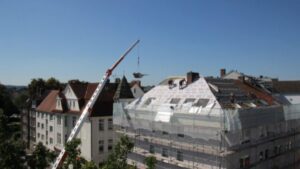
how various factors affect your roof, you can take proactive steps to mitigate risks. Choosing suitable materials and implementing effective maintenance strategies will yield significant long-term savings. Collaboration with skilled professionals ensures that your roof remains a solid foundation for your business. Regular assessments can safeguard your premises against potential issues, offering peace of mind for business owners. Staying informed and attentive to your commercial roof’s needs is the best route to preserving your investment.
Construction
Innovations in Concrete Tilt Panel Construction: Efficiency Meets Durability
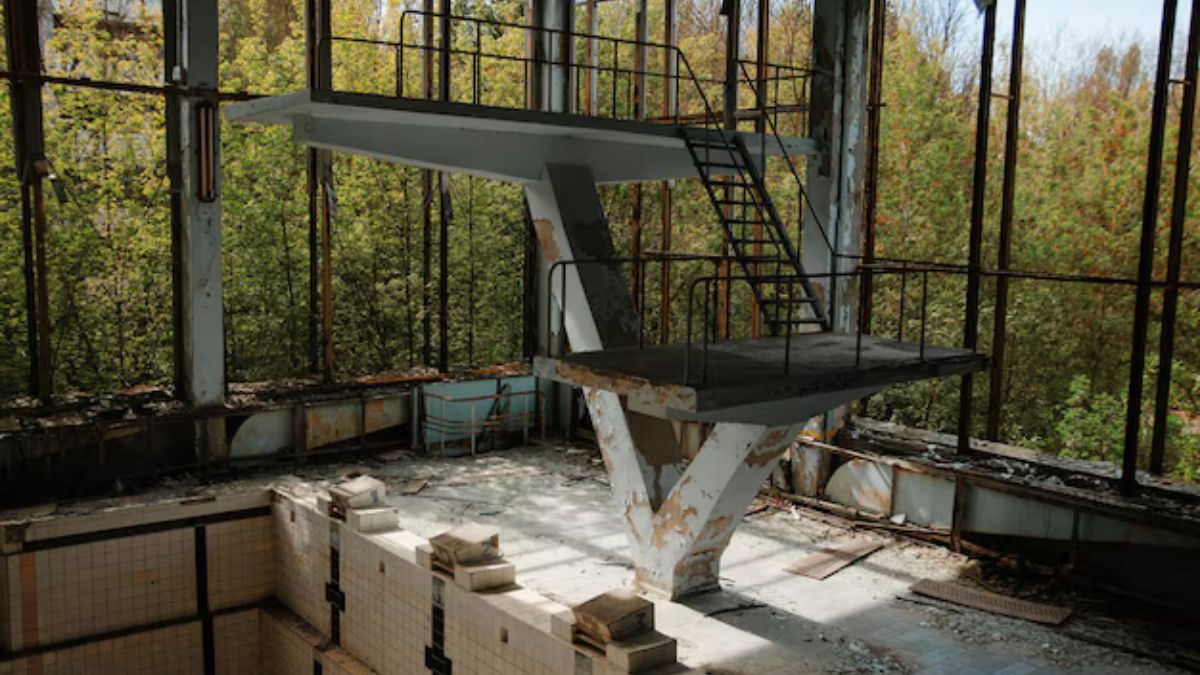
The construction industry has long been a cornerstone of innovation, continually evolving to meet the needs of a growing population and the demands of environmental sustainability. Among the various techniques that have transformed the industry, concrete tilt panel construction stands out as a method that embodies both efficiency and durability in modern building practices. This article delves into the recent advancements and innovative practices within the realm of tilt panel construction, highlighting the benefits brought about by this construction method.
Understanding Concrete Tilt Panel Construction
Concrete tilt panel construction involves casting concrete panels in large slabs on the construction site itself or offsite, and then tilting them up into position with a crane. This method has been widely adopted due to its unmatched time-saving potential and the immense strength of the panels. Tilt panels are typically used for walls in commercial, industrial, and increasingly more often, in residential buildings.
The Evolution of Tilt Panel Production and Design
The origins of panel construction may be humble, but today, significant technological advancements have been made in the design and production of tilt panels. With the aid of computer-aided design (CAD) and structural analysis software, panels can be precisely engineered for specific structural needs, allowing for creative freedom in architectural design while ensuring structural integrity.
Material Efficiency in Tilt Panel Construction
One key innovation in tilt panel construction is the refinement in the use of materials. Concrete composition itself has undergone enhancements, with additives and reinforcements being used to increase the strength-to-weight ratio of panels. These modifications not only contribute to the reduction in material use but also lower transportation costs and carbon footprint.
Environmental Considerations
The eco-friendly nature of tilt panel construction is another area that has received considerable attention. With careful planning, the production of concrete panels can minimise waste, and the use of locally sourced materials can reduce the environmental impact associated with transportation. Moreover, the thermal mass properties of concrete panels can contribute greatly to energy efficiency in buildings, maintaining comfort and reducing the need for extensive heating and cooling systems.
Speed of Construction and Labour Efficiency
Time is a critical factor in construction projects, and it offers a significant reduction in building schedules. Not only do the panels themselves get erected rapidly, but the simultaneous progression of other tasks while the panels are being cured is also an advantage. As the construction industry faces labour shortages, the method’s requirement for fewer skilled workers proves beneficial, as it relies more heavily on the efficiency of the process than on the quantity of labour.
Improvements in Safety Measures
Safety has always been a paramount concern in construction, and innovative practices in tilt panel construction aim to minimise the risks associated with working with large concrete panels. New methods in bracing and anchoring ensure that panels are securely and safely positioned, with modern equipment providing precise control during the lifting and tilting processes.
Challenges in Concrete Tilt Panel Construction
Despite its many advantages, constructing with tilt panels does present challenges. Transportation of large panels requires careful logistical planning, and the process of lifting and placing heavy panels demands meticulous attention to detail. However, advancements in crane technology and transport logistics continue to mitigate these issues.
Customisation and Aesthetic Appeal
The flexibility of tilt panel construction is showcased through the ability to incorporate a variety of finishes directly into the concrete, offering a vast array of aesthetic possibilities. Custom textures, colours, and even embedded artefacts can create unique and visually engaging finishes that complement a building’s design intent.
Longevity and Maintenance of Tilt Panels
Durability is synonymous with concrete structures, and tilt panel buildings are no exception. They withstand the test of time and offer resilience against various environmental factors. Furthermore, the low maintenance requirements of concrete tilt panel buildings make them a cost-effective solution in the long run.
Adaptability to Various Building Types
It is not limited to industrial warehouses or commercial complexes. Its adaptability allows it to be used in the construction of schools, hospitals, retail buildings, and even residential developments. This versatility has led to a broader acceptance of tilt panel construction in various sectors of the industry.
Integration of Smart Technology
The incorporation of smart technology into tilt panel construction is a forward-thinking approach that enhances the functionality of buildings. Features such as embedded sensors can monitor structural health, while smart climate control systems can leverage the thermal properties of concrete for efficient energy management.
Collaborative Efforts for Industry Advancement
Collaboration among architects, engineers, contractors, and material scientists is crucial in the advancement of its techniques. This teamwork fosters innovation and allows for the continuous refinement of processes, ensuring the method remains relevant and effective from both a structural and an economic perspective.
Enduring Impact of Tilt Panel Construction
The enduring impact of concrete tilt panel construction on the industry is undeniable. As new innovations continue to propel this method forward, its role in crafting sustainable, efficient, and resilient buildings becomes ever more pronounced. The resultant architecture stands not only as testament to economic prudence but also to the infinite potential that lies in the blend of traditional materials and innovative construction techniques.
Conclusion
In a world increasingly focused on sustainability and efficiency, concrete panel construction presents a compelling approach that resonates with the core values of modern architecture. The recent innovations in the field enforce the adaptable and durable nature of tilt panels, heralding a future where efficiency meets durability in every slab erected. Through a sustained commitment to improvement, the construction industry can look forward to a future where concrete tilt panel construction is not just an option, but the preferred choice for a vast array of building projects.
Construction
The Benefits of Using Fibre Reinforced Polymer in Construction

Fibre Reinforced Polymer (FRP) has emerged as a transformative material in the construction industry. Combining strength, durability, and versatility, FRP offers a host of advantages for modern infrastructure projects. Its unique properties make it a valuable alternative to traditional materials like steel, concrete, and wood, particularly in demanding applications. As construction projects become increasingly complex, FRP stands out as a reliable solution that meets both performance and sustainability standards.
Superior Strength-to-Weight Ratio
One of the standout benefits of FRP is its exceptional strength-to-weight ratio. Despite being lightweight, FRP exhibits remarkable tensile and compressive strength, making it ideal for applications requiring robust structural support.
For instance, bridges and high-rise buildings benefit significantly from FRP’s ability to reduce overall structural weight without compromising stability. Its lightweight nature simplifies transportation, handling, and installation, cutting down on labor costs and time. This quality also reduces strain on foundations, leading to longer-lasting structures with minimal maintenance requirements.
Resistance to Corrosion and Harsh Environments
Unlike traditional materials, FRP does not corrode when exposed to moisture, chemicals, or extreme temperatures. This makes it an excellent choice for structures in coastal regions, industrial plants, or other environments prone to degradation.
By preventing issues like rust or rot, FRP ensures the longevity of construction components, such as beams, panels, and reinforcements. This durability minimizes the need for frequent repairs or replacements, which in turn lowers long-term maintenance costs. Furthermore, FRP’s resistance to harsh environments enhances its appeal for critical infrastructure, such as pipelines and offshore platforms, where durability is non-negotiable.
Design Flexibility for Complex Applications
The versatility of FRP allows for innovative designs and applications that are difficult or impossible with conventional materials. It can be molded into virtually any shape or size, offering architects and engineers unparalleled creative freedom.
This adaptability is especially beneficial in projects requiring custom or intricate components, such as curved facades, lightweight bridges, or decorative architectural elements. Its ability to integrate seamlessly with other materials also broadens its utility across various construction types, from residential and commercial to industrial and municipal projects.
Enhanced Sustainability
Sustainability is a growing priority in construction, and FRP plays a pivotal role in meeting eco-friendly standards. Its production process consumes less energy compared to traditional materials, resulting in a smaller carbon footprint. Additionally, its long lifespan and low maintenance requirements contribute to resource conservation.
FRP is also compatible with modern green building initiatives, such as energy-efficient designs and renewable energy systems. For instance, solar panel supports made from FRP are not only lightweight but also durable, reducing the need for frequent replacements and maximizing energy efficiency.
Cost-Effectiveness Over Time
While the initial cost of FRP might be higher than some traditional materials, its long-term benefits far outweigh the upfront expense. Its durability, low maintenance, and reduced labor requirements lead to significant cost savings over the life of a project. Moreover, the ease of installation associated with FRP construction further reduces costs. Its lightweight nature means less specialized equipment and fewer workers are needed, accelerating project timelines and cutting labor expenses. These advantages make FRP an economically viable option, particularly for large-scale infrastructure projects.
Exceptional Thermal and Electrical Insulation
FRP’s non-conductive properties make it a standout choice in applications requiring thermal or electrical insulation. This is particularly advantageous in environments where safety and energy efficiency are critical concerns.
For example, FRP is commonly used in utility poles, electrical enclosures, and industrial flooring to reduce the risk of electrical hazards. Its thermal insulation properties also make it suitable for buildings in extreme climates, where maintaining consistent internal temperatures is essential.
Lightweight Nature for Accelerated Construction
The lightweight nature of FRP significantly reduces the logistical challenges associated with heavy materials like steel and concrete. Transporting and installing FRP components is faster and more efficient, leading to shorter project timelines.
This benefit is especially pronounced in remote or difficult-to-access locations, such as mountainous regions or disaster-prone areas. By simplifying construction processes, FRP enables rapid deployment of infrastructure without sacrificing quality or durability.
Safety Advantages in Construction
Construction safety is a top priority, and FRP offers several features that enhance on-site safety. Its lightweight design minimizes the risk of handling injuries, while its non-conductive properties reduce electrical hazards.
Additionally, FRP does not splinter or shatter under stress, unlike some traditional materials. This quality ensures a safer working environment for construction teams and contributes to the overall reliability of the structure.
Applications Across Diverse Sectors
The versatility of FRP extends to a wide range of applications, including transportation, marine, industrial, and residential construction. Its use in bridge decks, sewer systems, and cooling towers underscores its adaptability to varied structural requirements.
In residential construction, FRP is increasingly used for roofing panels, wall reinforcements, and decorative elements. Meanwhile, in the marine industry, its resistance to saltwater corrosion makes it indispensable for docks, boats, and coastal structures.

Advancing the Future of Construction
The adoption of FRP signals a shift toward smarter, more sustainable construction practices. As technological advancements continue to improve the manufacturing and performance of FRP, its role in the industry is expected to grow.
Architects, engineers, and contractors are increasingly recognizing the value of FRP in meeting modern construction challenges. By integrating this innovative material into their projects, they can achieve superior results while addressing sustainability, efficiency, and cost-effectiveness.
Improved Seismic Performance
In earthquake-prone regions, the ability of a structure to withstand seismic forces is crucial. FRP offers significant advantages in this regard due to its high flexibility and energy absorption capacity. When used to reinforce buildings or bridges, FRP helps reduce the risk of catastrophic failure by distributing seismic forces more effectively.
Retrofitting existing structures with FRP wraps or laminates has also proven to enhance their seismic resilience. This approach not only extends the lifespan of older buildings but also ensures compliance with modern safety standards without requiring a complete rebuild.
Fire Resistance and Safety Innovations
While FRP is often associated with its lightweight and durable nature, advancements in fire-resistant FRP composites have broadened its applicability. These specially engineered materials meet stringent fire safety codes, making them suitable for high-risk environments such as tunnels, airports, and residential buildings.
Incorporating fire-resistant FRP panels or cladding ensures greater safety during emergencies by slowing the spread of flames and reducing toxic smoke emissions. These innovations enhance the material’s reputation as a comprehensive solution for both structural integrity and occupant safety.
Fibre Reinforced Polymer continues to set new benchmarks for construction materials, offering solutions tailored to the evolving needs of modern architecture and engineering. Its diverse applications and unparalleled benefits make it a vital component in the pursuit of sustainable and resilient infrastructure.
Fibre Reinforced Polymer has undeniably reshaped the construction landscape, offering unparalleled benefits that cater to the demands of modern infrastructure. Its unique combination of strength, durability, and versatility positions it as a cornerstone of innovative and sustainable building practices.
Construction
Roof Upgrades & Replacements: Everything You Need to Know
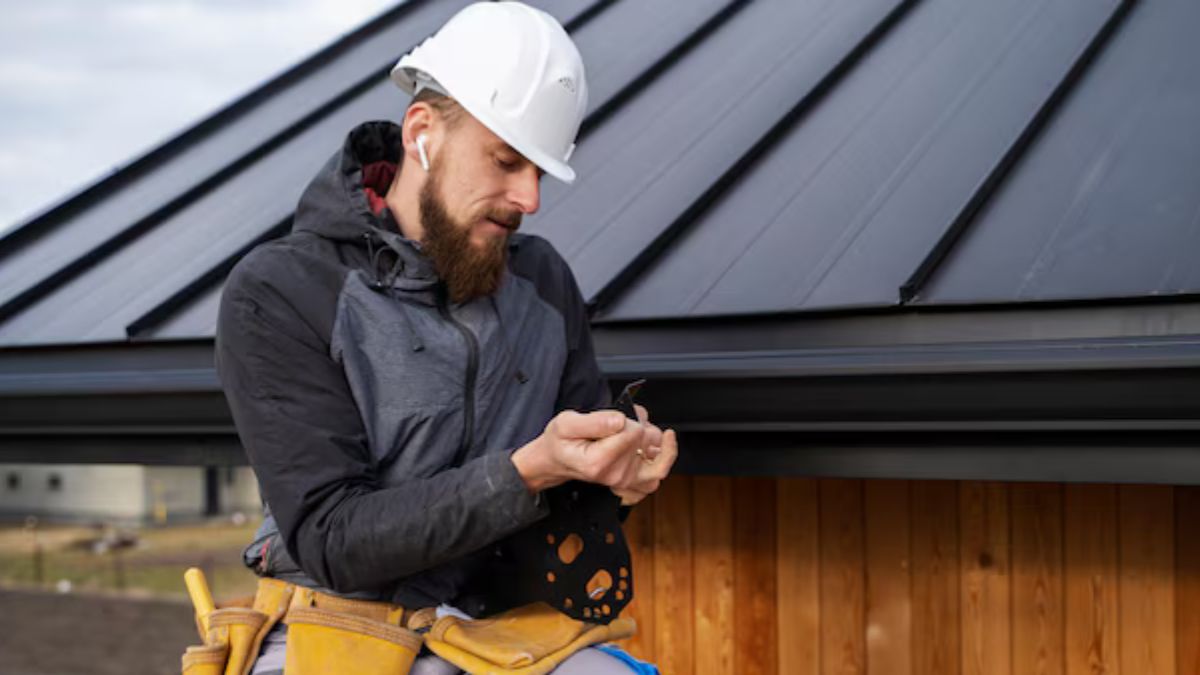
With various options available, homeowners often face challenges in making the best decision in choosing a suitable roofing material. By understanding the different types of roofing materials, their benefits, and the process involved in replacing your roof, you can make informed choices that cater to your needs. This guide offers an overview of everything you need about roof upgrades and replacements, focusing on the critical aspects that will help you achieve a durable and visually appealing roof.
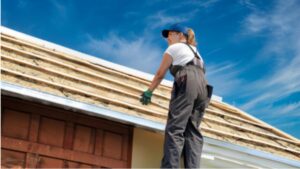
Understanding Different Roofing Materials
Various roofing materials are available in the market, each with unique benefits and drawbacks. For homeowners seeking longevity, metal roofing has gained popularity; these roofs can endure 40 to 70 years with minimal maintenance. Additionally, metal roofs provide energy efficiency through reflective properties that can significantly reduce cooling costs. According to the seasoned contractors behind Top Notch Metal Roofing, the investment in high-quality roofing ensures you have a long-lasting option that stands up to severe weather conditions. Aside from metal and asphalt, homeowners may also consider clay or concrete tiles, which are known for their durability and aesthetic appeal. These materials often last over 50 years and can withstand harsh climates. Slate roofing, though expensive, offers a classic look and can last more than a century with proper care. Understanding the characteristics of different roofing materials will help you select the right option for your home’s needs while ensuring long-term satisfaction.
Working with Roofers
Hiring experienced roofers is necessary for a successful roof upgrade or replacement. They possess the expertise to manage various roofing installations, ensuring that your roof is installed correctly and adheres to local building codes. Finding local experts specializing in metal roofing will lead to better outcomes if you want a metal roof, as they can guide you in selecting the best materials and techniques specific to your region’s climate. When searching for the right roofing professionals, take the time to check testimonials. Recommendations from friends with similar work can also provide valuable insight. Moreover, obtaining multiple quotes from different contractors lets you compare pricing, licenses, and warranties, ensuring you make a better decision before signing a contract.
Why Consider a Roof Upgrade?
A roof upgrade can offer multiple benefits, significantly enhancing your home’s value and efficiency and making it more attractive to potential buyers. Modern roofing materials, especially those with reflective properties, minimize heat absorption, lowering cooling expenses during hot months. Upgrades can also allow for installing energy–efficient features, such as skylights or ventilation systems, further enhancing your home’s livability. Consequently, upgrading your roof not only leads to immediate benefits but can also provide significant long-term savings.
Planning for Your Roof Replacement
First, conduct a complete assessment of your existing roof to identify areas that require repairs or upgrades. This assessment should involve checking for underlying issues requiring a more extensive renovation. Once you understand the project’s scope, it’s time to develop a budget that encompasses materials and labor costs. In addition, it’s vital to coordinate the replacement with your schedule. Consider weather patterns and contractor availability as you plan your project. Be prepared for possible disruptions, especially if the work requires removing the old roof, which can temporarily expose your home to the elements. Proper timing and efficient planning can reduce stress and minimize any inconvenience during installation, leading to a successful outcome.
Recognizing When to Replace Your Roof
Determining the perfect time to replace your roof can be challenging, but sure signs should prompt action. A typical indicator is the presence of missing or damaged shingles, which can allow water infiltration. Likewise, if your roof has sagging areas or stained ceilings inside your home, these are clear signs of issues that warrant immediate attention. Cracked or warped shingles indicate that your roof’s integrity is compromised and may require a total replacement. Age is a significant factor; most roofs last between 15 and 30 years. If your roof is approaching the end of its lifespan, proactive replacement can be a wise decision to avoid more extensive damage in the future. If you detect significant problems or notice reduced performance, consult a roofing professional for a comprehensive evaluation to determine the best action.
Maintaining Your New Roof
Once the new roof has been installed, maintaining it is essential for longevity and performance. Routine maintenance checks can help identify minor issues before they escalate into costly repairs. Perform visual inspections at least twice yearly and after severe weather events, looking for loose shingles, rust, or damaged flashing. Regularly cleaning gutters and downspouts is crucial, as clogged debris can cause water to pool, leading to leaks and structural damage. Consider hiring a professional for annual assessments, as they can spot problems you might overlook. Trimming trees from your roof can also minimize damage from falling branches and debris accumulation.
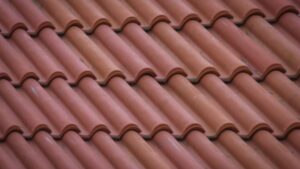
Understanding the roofing materials available and their benefits can help you make informed choices. Additionally, hiring qualified metal roofers ensures a seamless installation process that enhances the longevity and performance of your roof. Proactive maintenance will preserve your investment and prolong its life while being aware of warning signs can guide you in making timely replacements. By taking these essential steps, you can enjoy the advantages of a durable and visually striking roof that adds value to your home.

 Cartoon1 year ago
Cartoon1 year agoUnlocking the Potential of Nekopoi.care: A Comprehensive Guide

 Game1 year ago
Game1 year agoExploring Aopickleballthietke.com: Your Ultimate Pickleball Destination

 BUSINESS1 year ago
BUSINESS1 year agoWhat Companies Are In The Consumer Services Field

 BUSINESS11 months ago
BUSINESS11 months agoUnraveling the Mystery of 405 Howard Street San Francisco charge on Credit Card

 HOME IMPROVEMENT1 year ago
HOME IMPROVEMENT1 year agoVtrahe vs. Other Platforms: Which One Reigns Supreme?

 TECHNOLOGY12 months ago
TECHNOLOGY12 months agoThe Guide to Using Anon Vault for Secure Data Storage

 ENTERTAINMENT8 months ago
ENTERTAINMENT8 months agoUnderstanding Bunkr Album: A Comprehensive Guide

 ENTERTAINMENT1 year ago
ENTERTAINMENT1 year agoThe Epic Return: Revenge of the Iron-Blooded Sword Hound
















